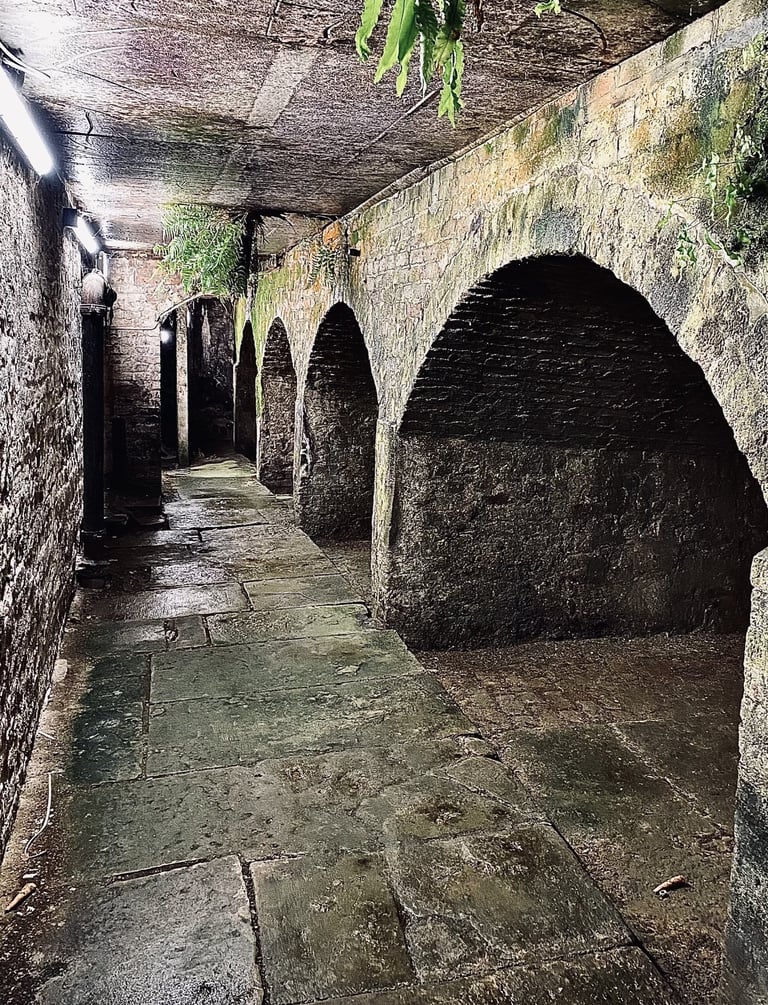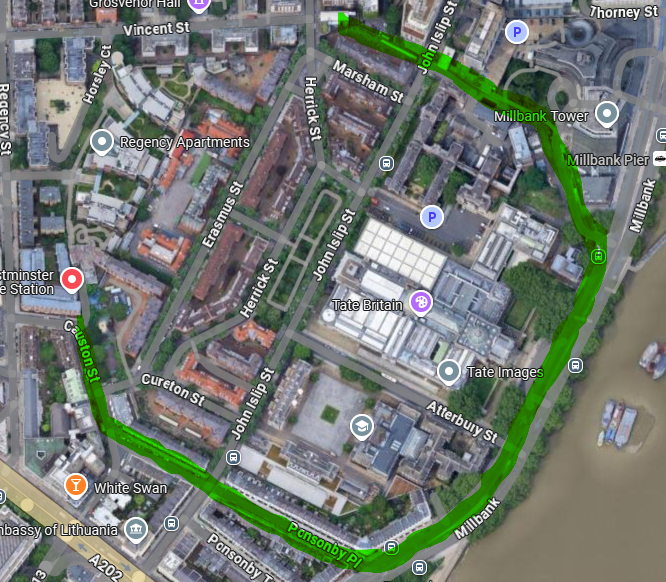The Millbank Tunnel
Gary L. Sturgess
5/9/20251 min read


The Millbank Tunnel, 2024 (courtesy of Don Wotton).


There have long been stories of underground cells and a tunnel through which the convicts were transferred from prison to lighter, although information was sketchy. A few poor resolution images can be found on the internet, but there was little information about what is there and what shape they are in.
My brother has just sent me some photos taken by Don Wotton, an Australian whose ancestor passed through the tunnel: he visited London in 2024, and was permitted to go down into the subterranean cells. Don reports that the tunnel is around one metre wide, and there are holding cells on both sides several metres deep.
They can be accessed through the Morpeth Arms, a pub which was built to accommodate the guards, and unfortunately, presumably for health and safety reasons, they do not offer tours. Which is a pity, since for many of the convicts sent out after 1816, this would have been the last place they stood on English soil.
From 1816, many of the convicts transported to Australia were sent to the Millbank Penitentiary, located on the north bank of the Thames, where the Tate Britain now stands. They would be warehoused there until they were loaded onto lighters and taken down river to Woolwich where the ships were waiting to carry them away. (My great, great grandfather and his brother passed through Millbank in 1844-45 on their way to the Antipodes.)
You can still see the imprint of the hexagonal prison walls in the streetscape today, and the occasional feature, including part of a moat, still evident in John Islip Street.
Contact us
Connect with us
Botany Baymen acknowledges the traditional custodians of country throughout Australia and respects their connection to land, water and community.
© Botany Baymen 2024. All rights reserved.
You may download, display, print and reproduce this content for your personal or non-commercial use but only in an unaltered form and with the copyright acknowledged.

